Tuesday (26th January) – Australia Day – we were on the road by 7am heading towards our destination Bargara which was 269 miles and five and a half hours drive away. We weren’t sure whether travelling on a public holiday would be a good idea but we were delighted to find that, apart from around intersections to major towns along the route, the roads were pretty quiet. Richard drove first and then, after a couple of hours, we stopped at a ‘rest’ stop for a bathroom break. Richard went first while I stayed with the car. Then I headed into the unisex facility and, of course, I forgot to look at the ceiling before I sat down. But I soon realised I had the company of a huge hairy spider looking at me. I exited left as quickly as I could and told Richard about it – being very brave he headed in there to have a look. OMG this beasty was about the size of his hand and, of course, we had no idea whether it was venomous or not. Doing an identification check now and I think he was another giant Huntsmans. Have to say didn’t enjoy the encounter much LOL.
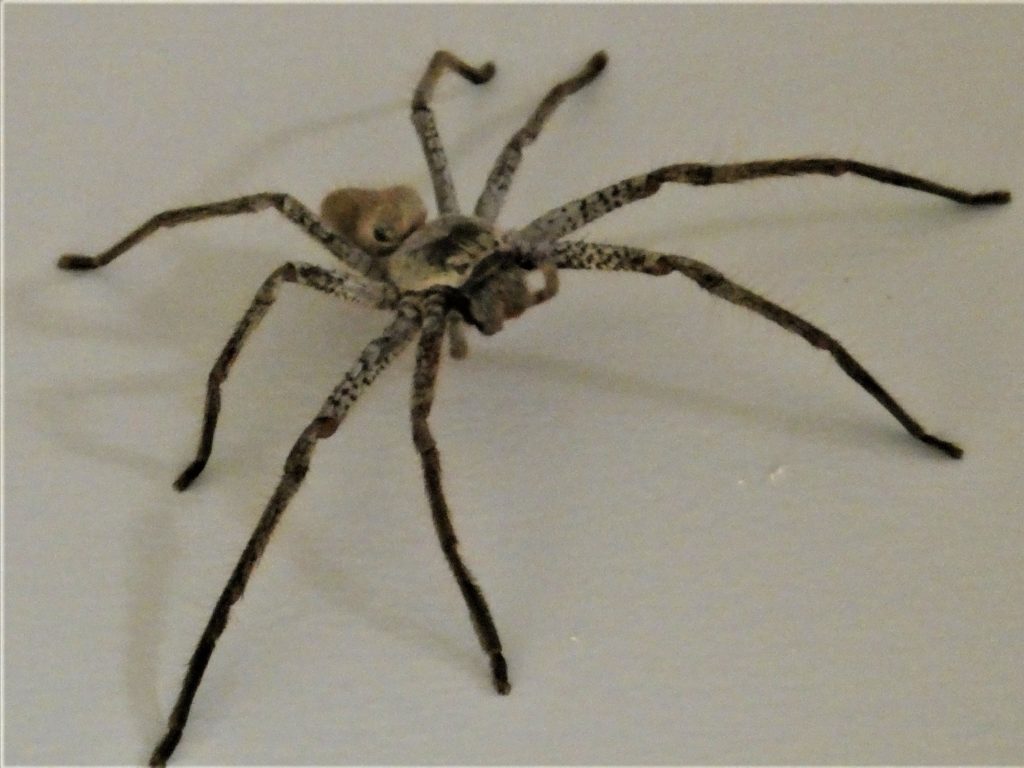
Quickly leaving the rest area behind I drove on towards our rented apartment in Bargara along the main Pacific Highway. About an hour away from our destination we left behind the main road and found ourselves in farming country travelling on twisty and bendy single-lane roads. The crops are varied (with much of the land given over to sugar cane production which goes into the manufacture of Bundaberg rum) and macadamia nuts, ginger and figs are available throughout the year. Other crops like melons, lychees and mangos are in season now and the harvest looked plentiful with lots of farms advertising temporary jobs and accommodation to help with the picking. The unintended consequence of the Australian border closure is that there aren’t the usual temporary supply of Pacific islanders or international backpackers and students. This is a big worry for the farming community and, in Queensland, they are desperately trying to resolve the situation with specific quarantine suggestions that would allow temporary workers in and stop the harvests being lost. But time is running out for some crops.

We arrived into Bargara around 12.30pm and located the Koola Beach apartments. I popped into reception to see if we could leave the car in their secure underground car park whilst we went out to explore before official check in (at 2pm) but were told, to our delight, that our room was ready and they let us take immediate possession. What a result! We parked the car and headed up in the lift direct to our apartment. We let ourselves in to find we had been allocated a two-bedroom unit so lots of space and very nice and well-equipped it was too. The only disappointment was that we overlooked parkland rather than the sea but we were only there for two nights so it didn’t really matter.
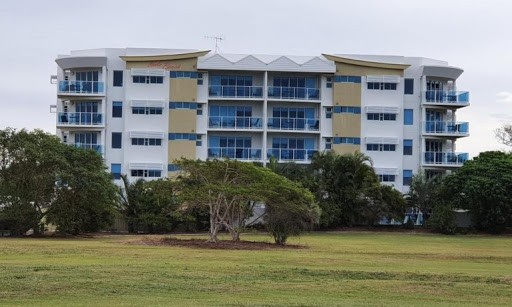
We relaxed in the air conditioning for a couple of hours then headed out for a walk. We found ourselves in the middle of an Australia Day party with lots of competitions for the kids and numerous food trucks. We had a snack whilst we wandered around and then left the park to check out the beach. Was a really hot and humid day.
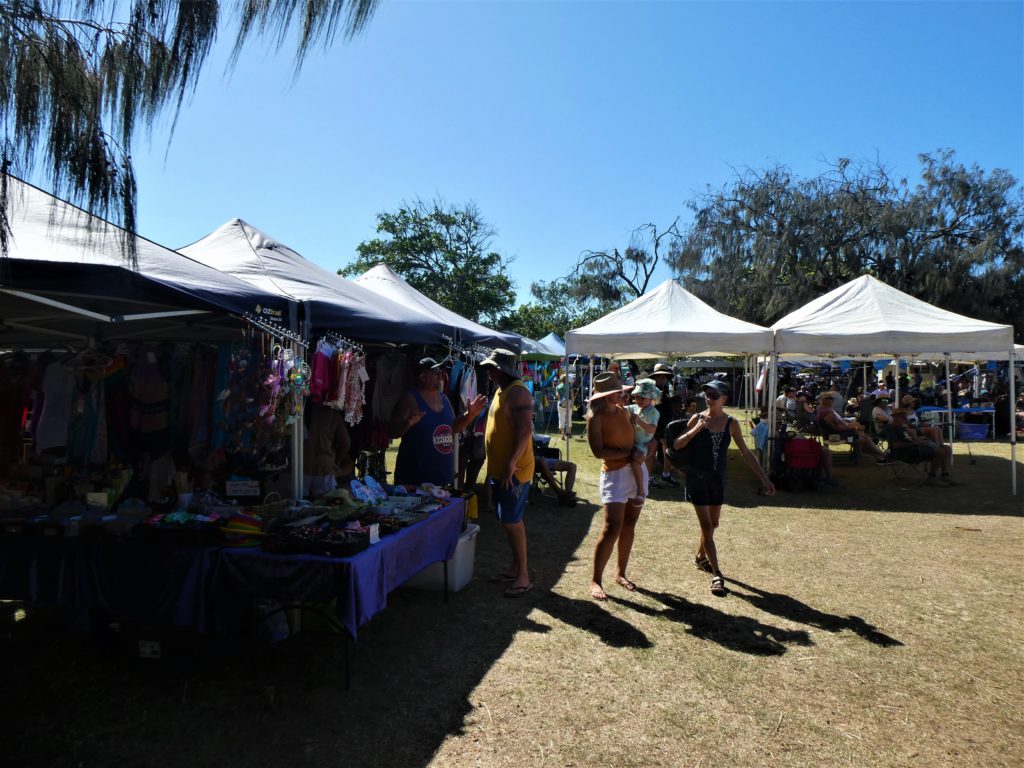
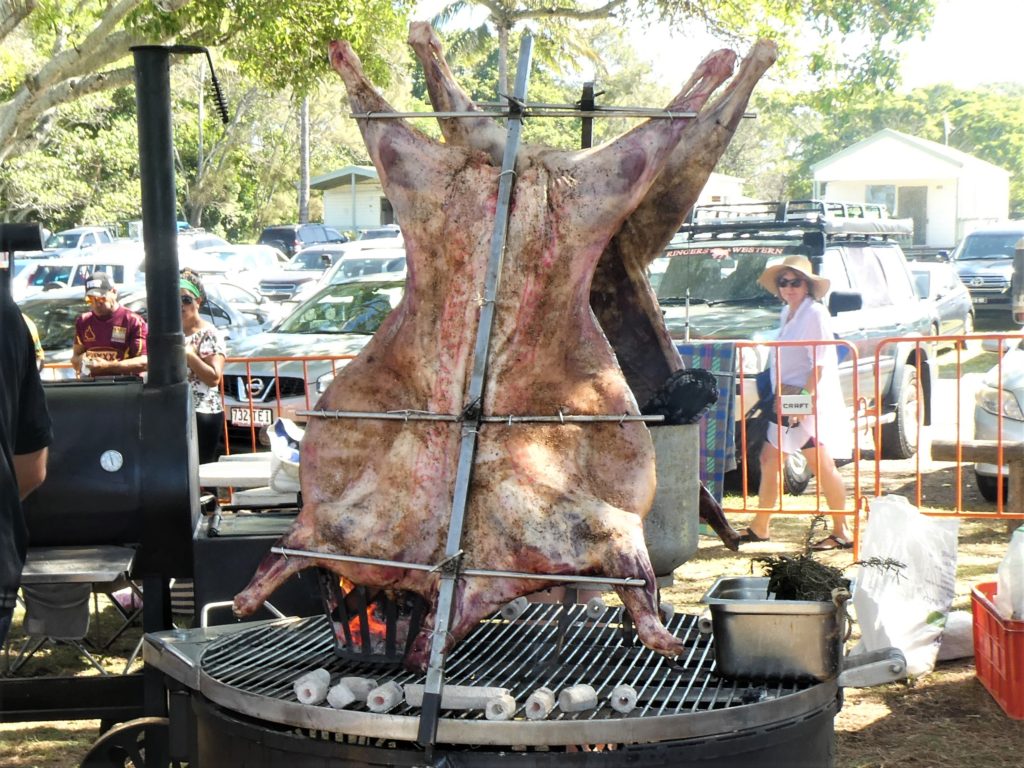




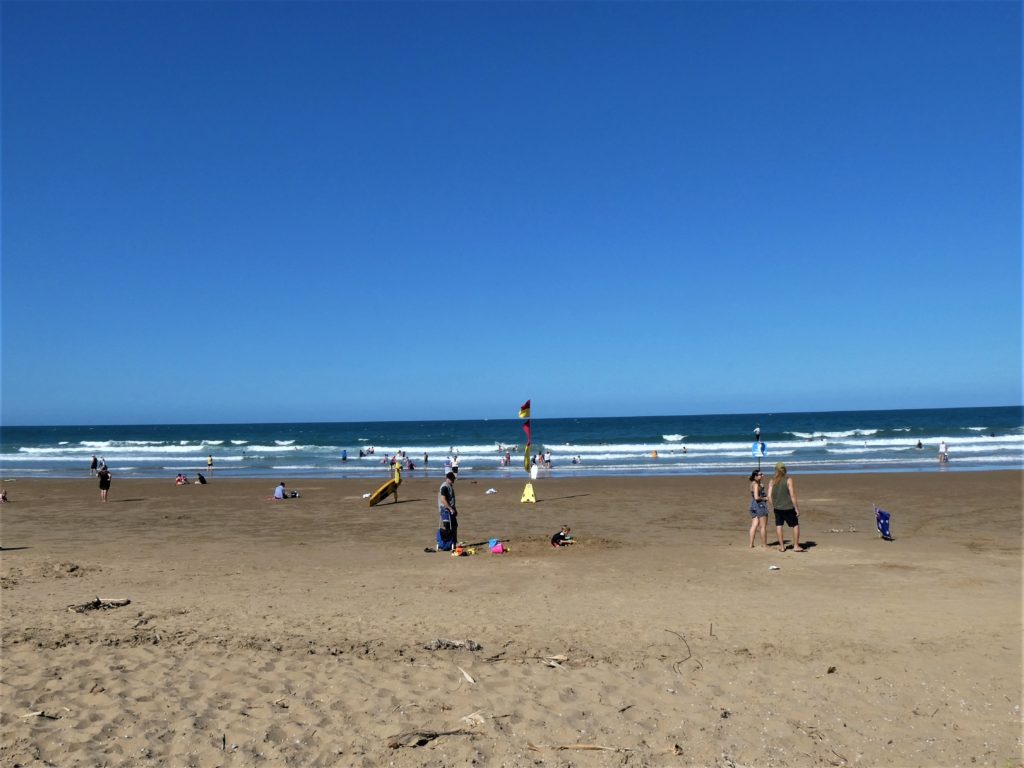
Moving on we walked the promenade which followed the shore towards the main town of Bargara which was a fair walk away.
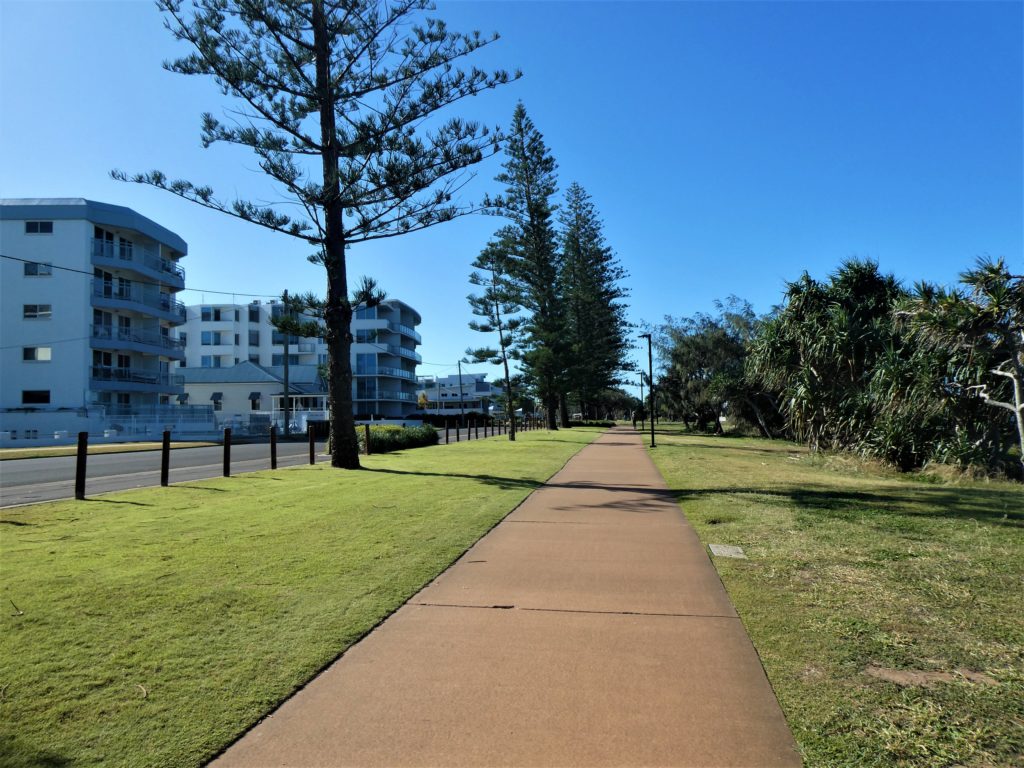

When we got to the town we headed to the Bargara Beach Hotel which had an outside veranda bar open to non-residents. So we had a couple of cold ones there while we debated dinner, not really fancying any of the offerings that we had come across. So we left the hotel and continued looking until we came across a small Thai restaurant so settled on that. We had a nice meal and then asked if they could call us a taxi – but the cab company didn’t pick up the call – so we decided to walk after all. Arriving back to our apartment we had a night cap in front of our large flat screen TV in the air conditioned environment which, for us, was a bit of a treat.
Wednesday morning and we awoke to a very cloudy and grey day. It definitely wasn’t a beach type of day so we headed inland to Childers. This town came into existence as a service town for the sugar cane fields and has a wealth of historic buildings. This, combined with the age of the unusual Brazilian Leopard Trees which line the main street, had led to it being dubbed Historic Childers, the National Trust Town. It is full of quirky sights, including some unusual statues, historic buildings and a link back to Oxfordshire with it’s river Isis and town of Childrey.
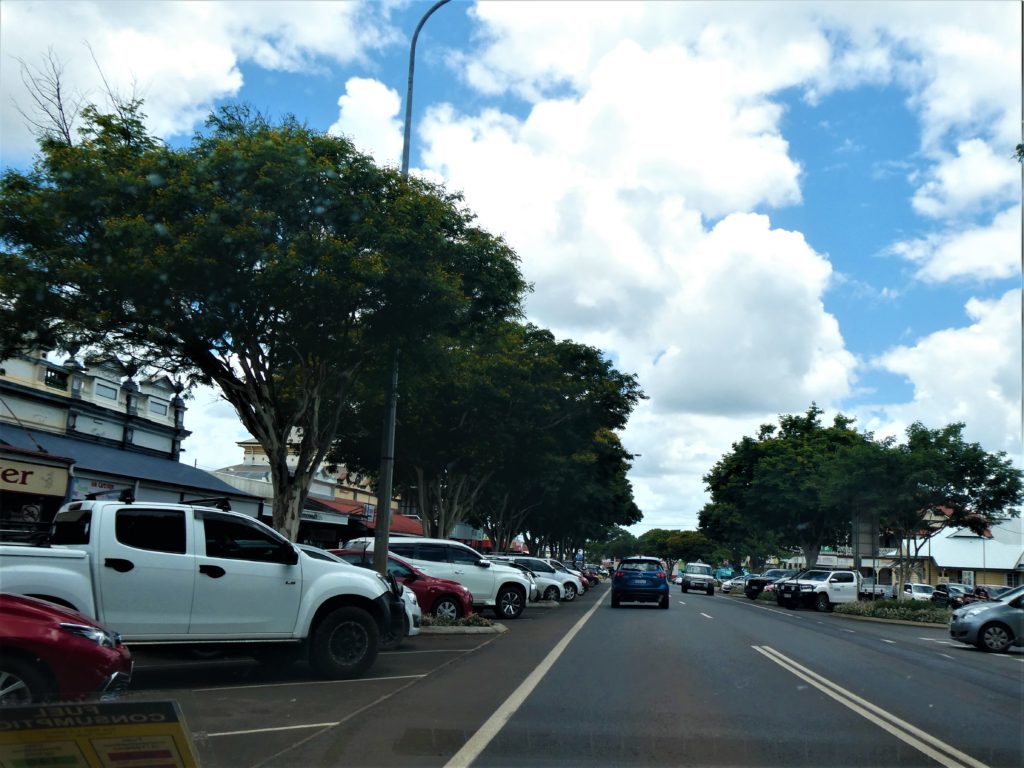

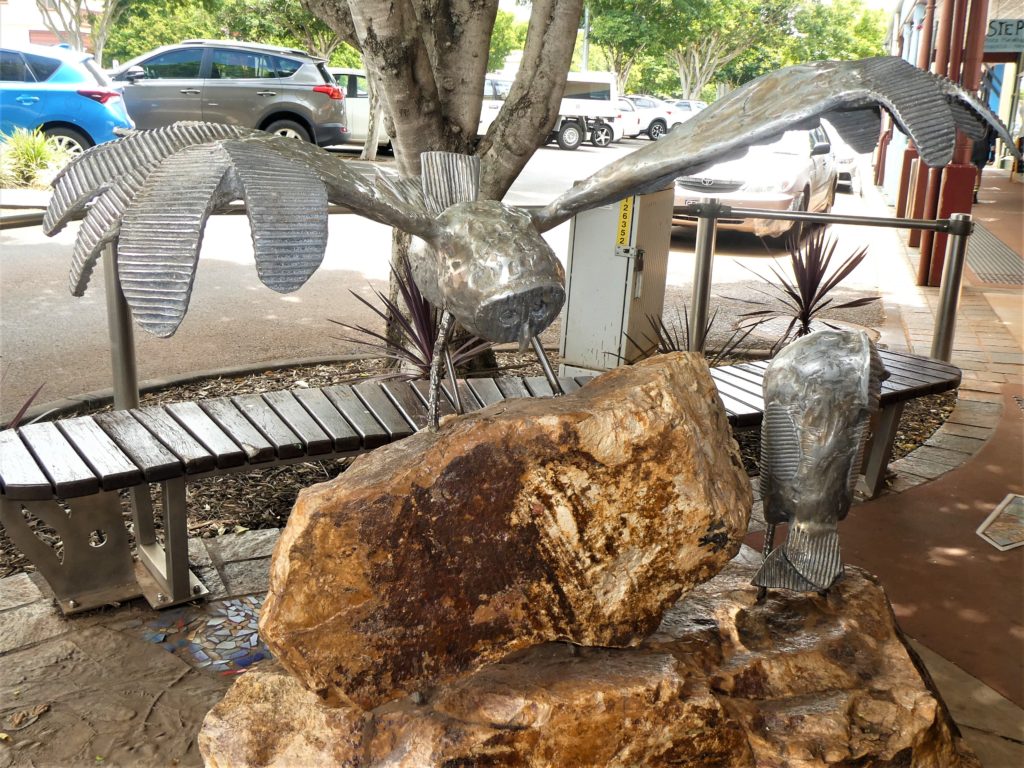

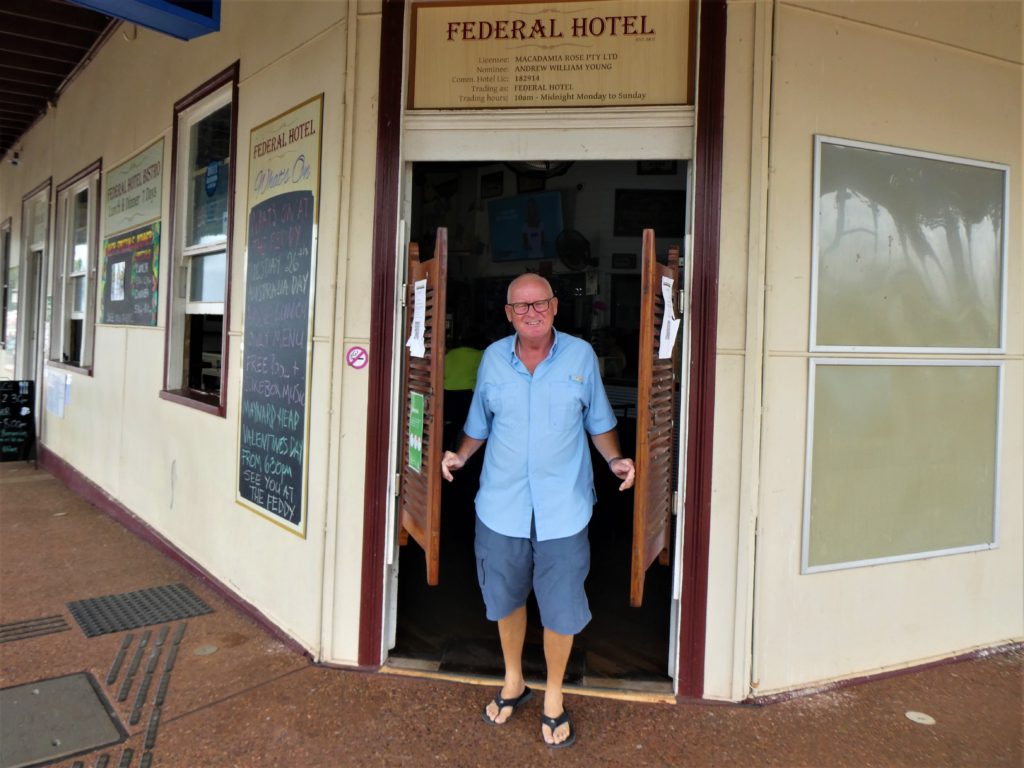
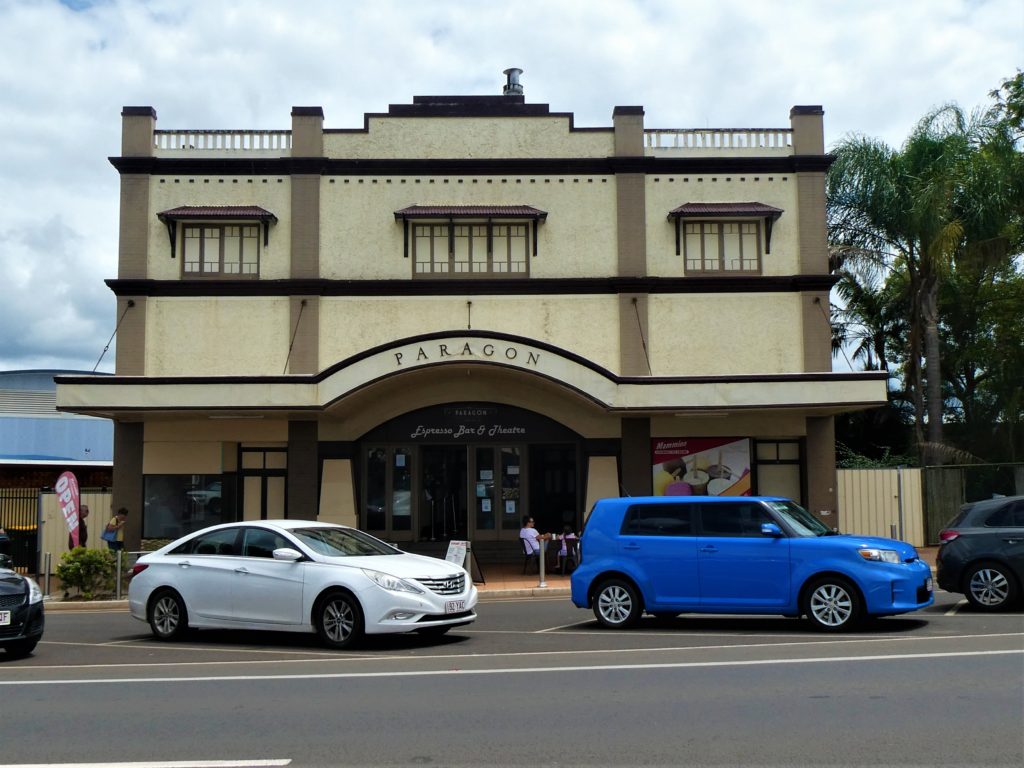
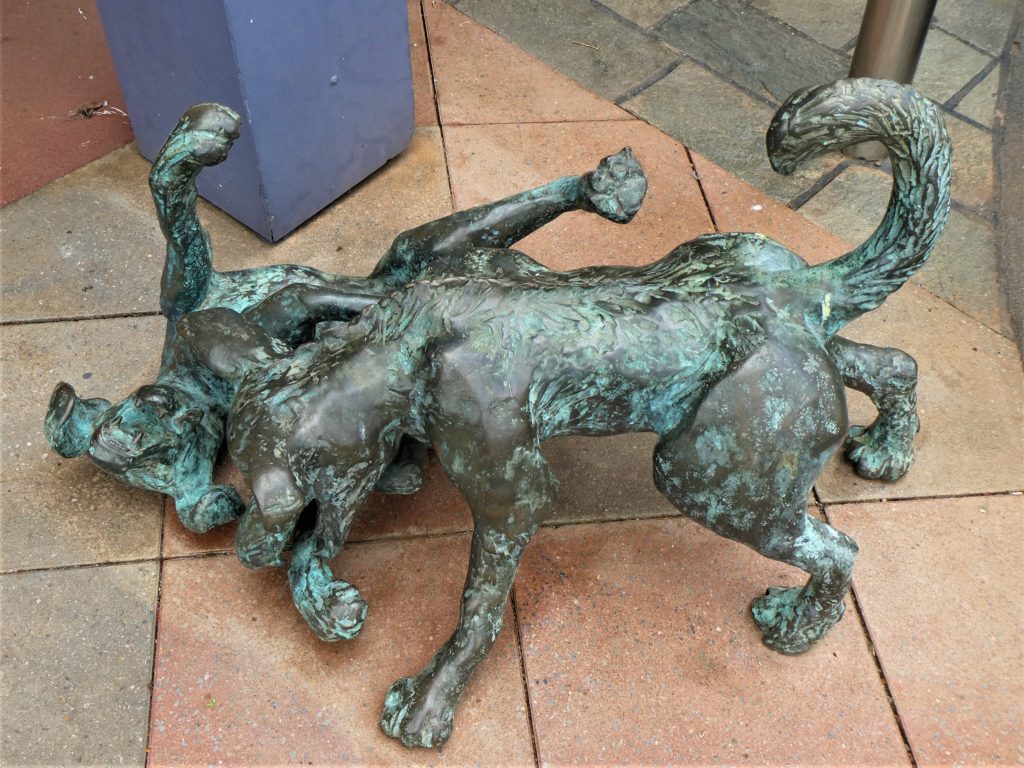
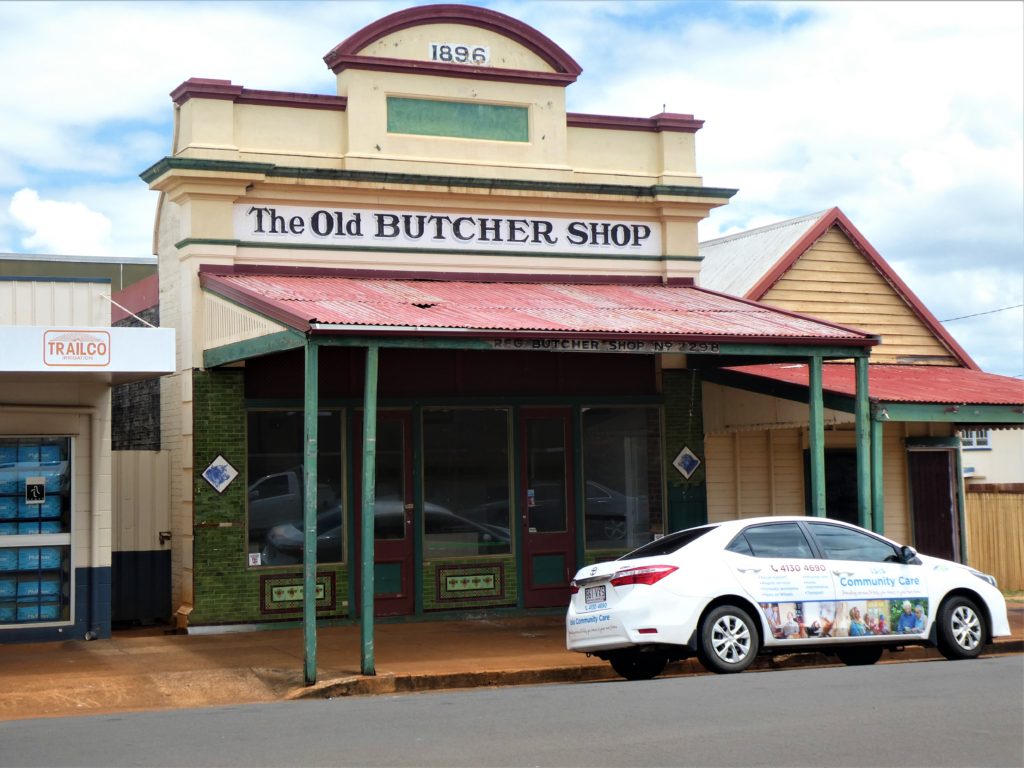
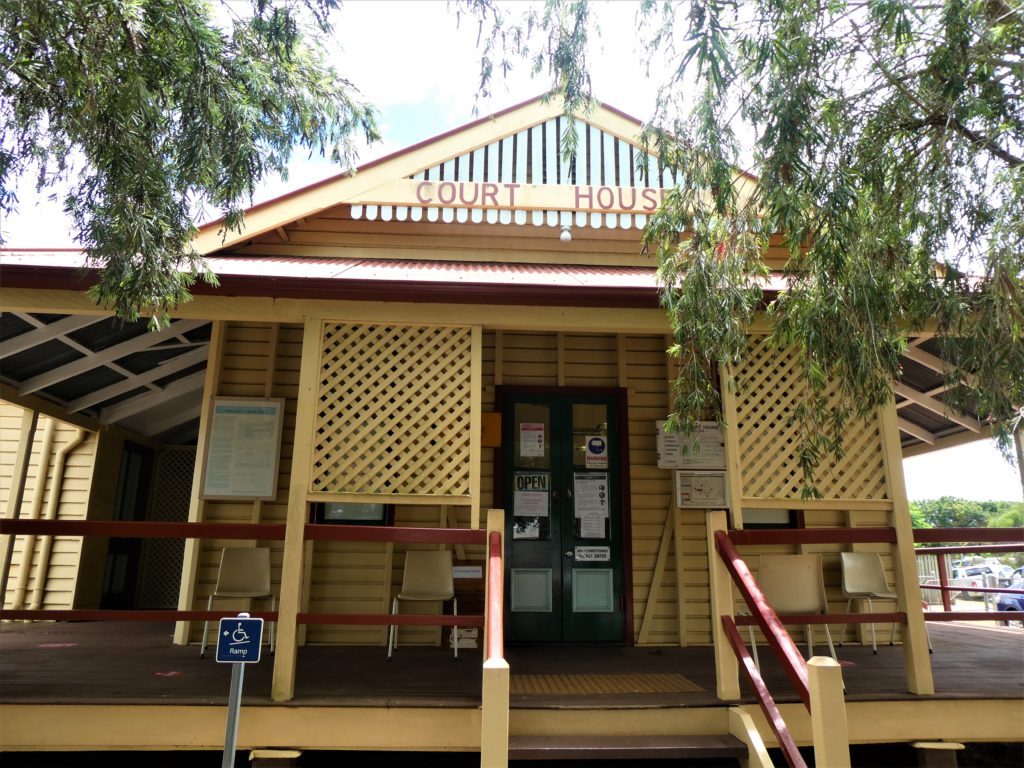


We enjoyed visiting the town and stopped for tea in an old Post Office building. Walking the high street we checked out the old medicine bottles in one of the museums and then spent some time in the military and memorabilia museum, before coming across the most moving war memorial to those who had served and been lost in past conflicts.
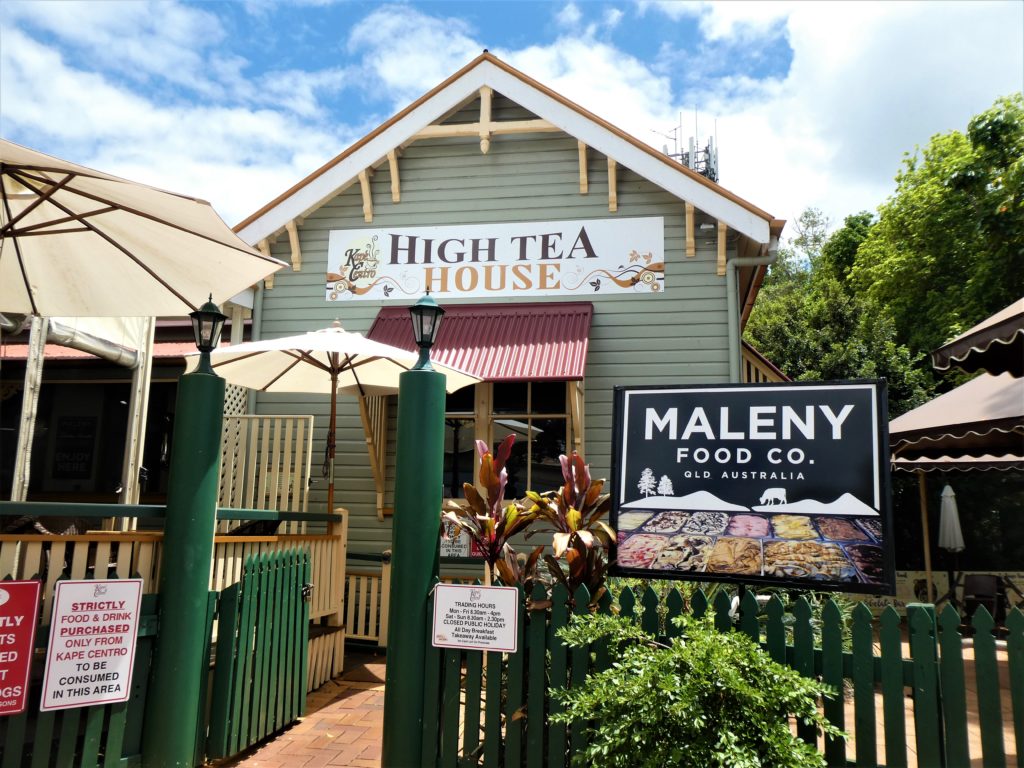
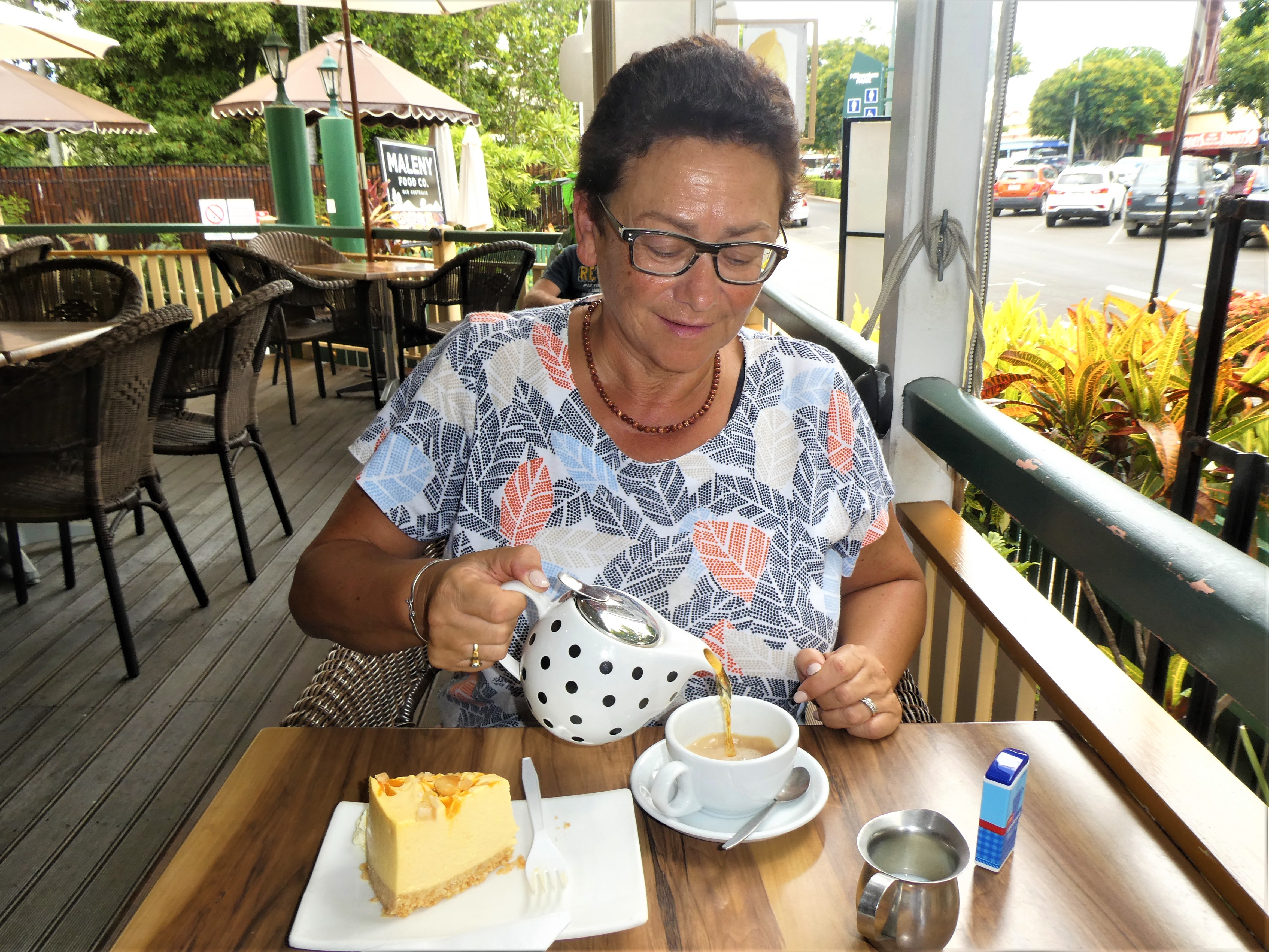
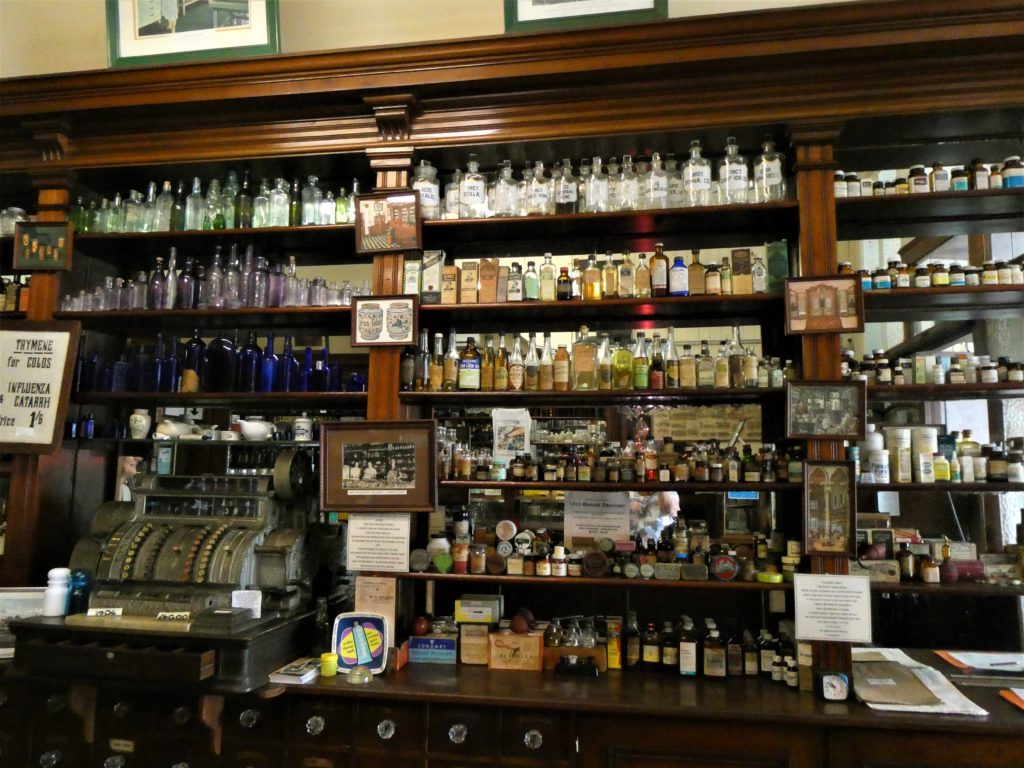
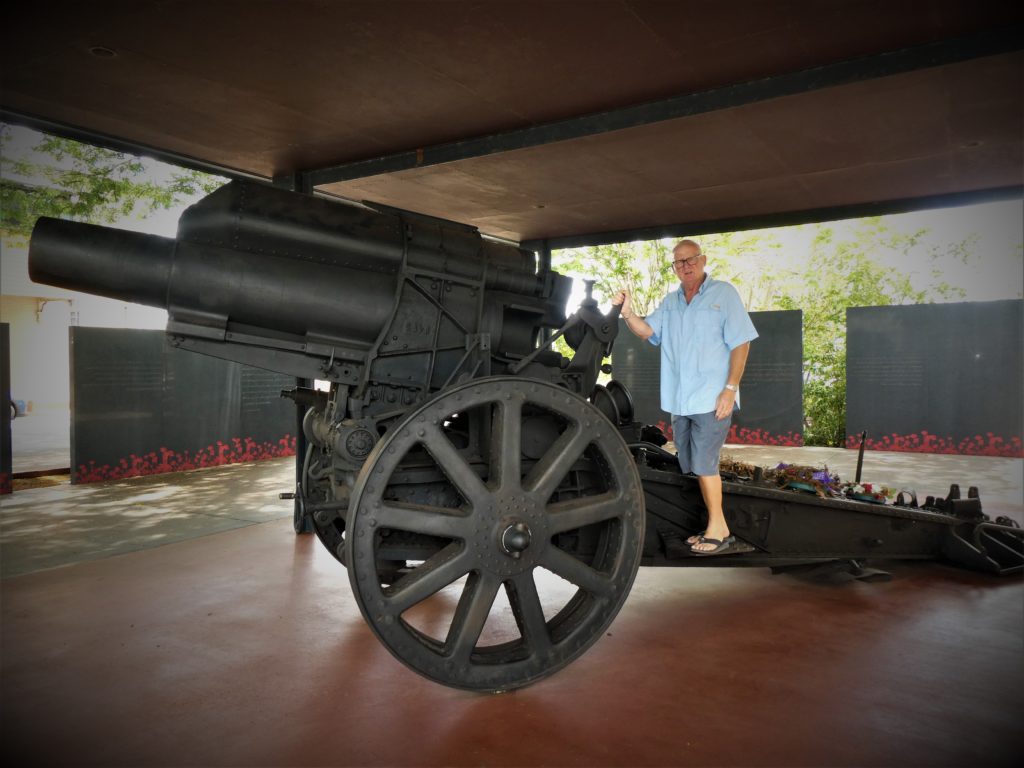

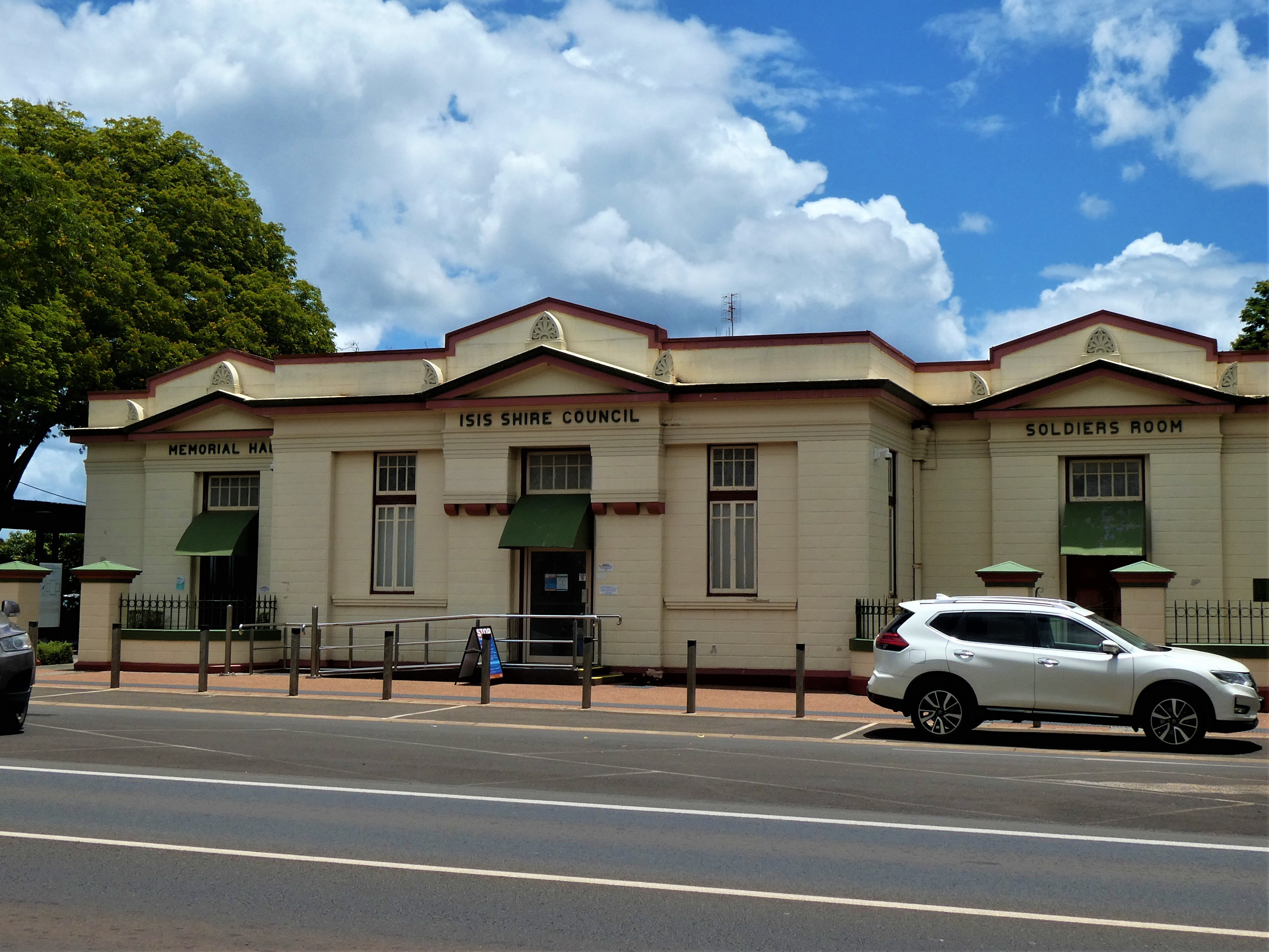
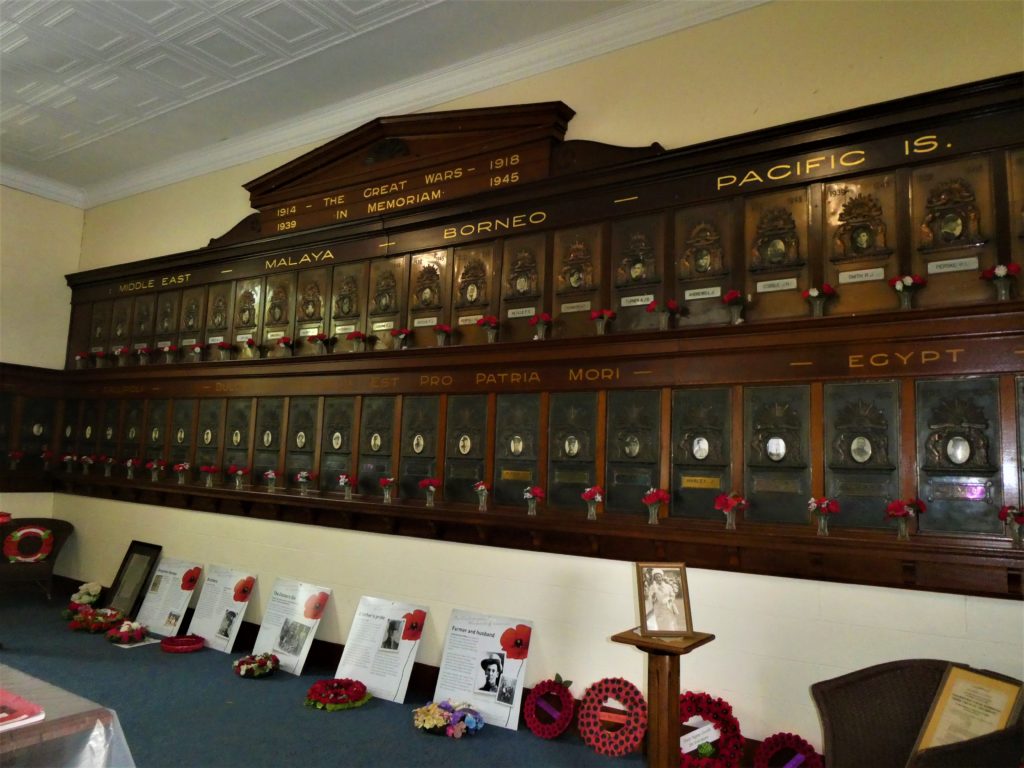
Having had a great morning out we headed back towards Bargara, around 40 miles away. On the way we decided to check out the Mon Repos beach and conservation centre where we had tickets that evening for a turtle encounter. Was nice to get a glimpse of the beach in the day time.

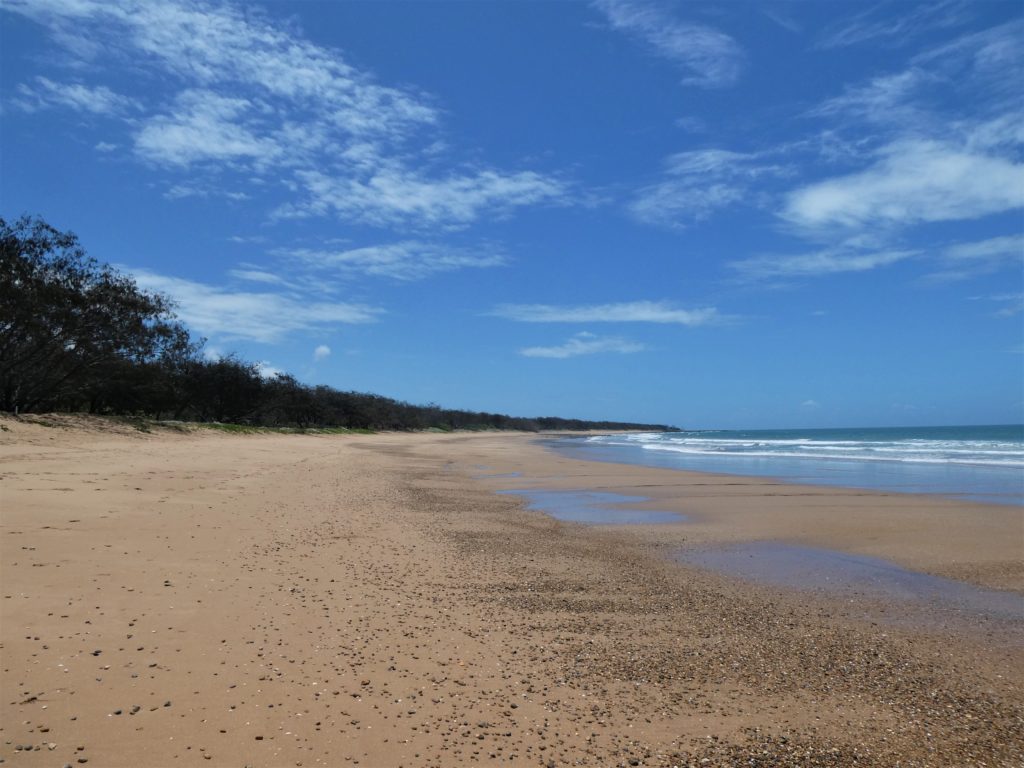
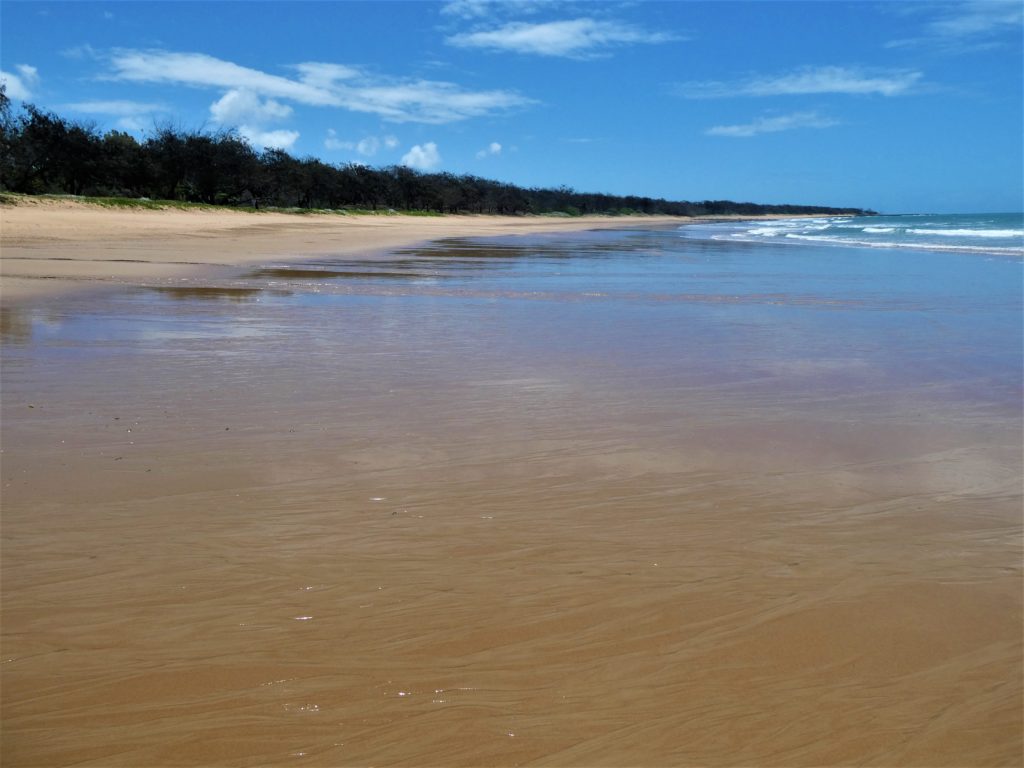
After checking out the beach, I used the basic public facilities and, this time, I remembered to look up but instead of a beasty I found a wild koala fast asleep tucked into the rafters of the roof. Amazing!
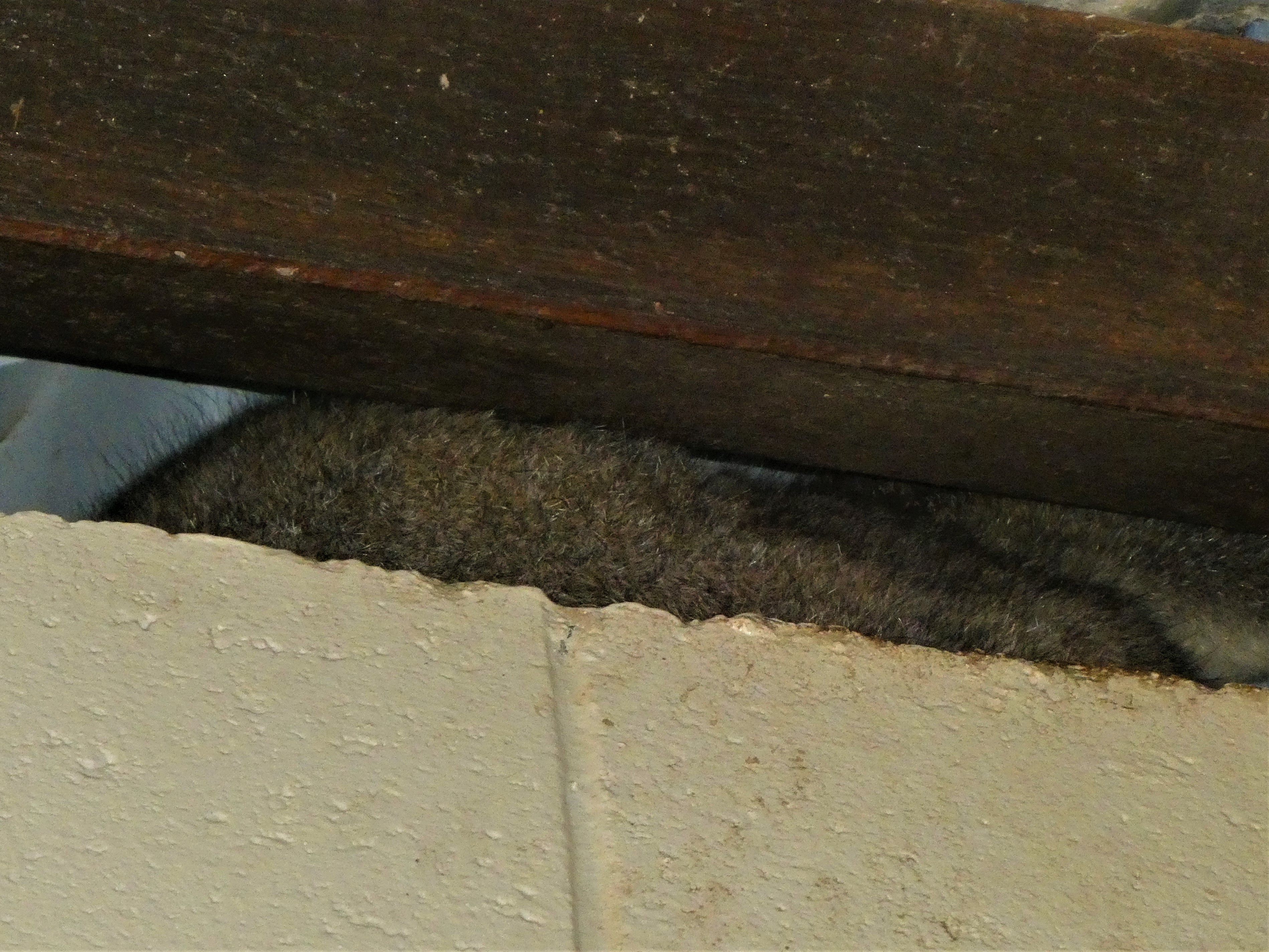
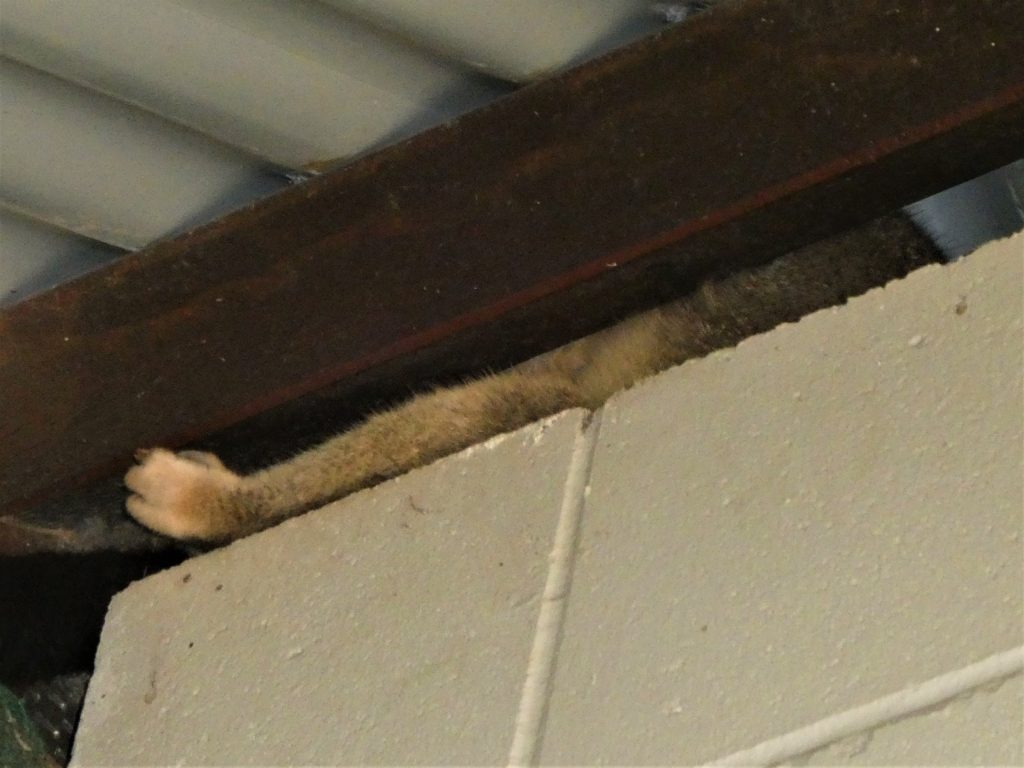
On return to our apartment we headed down to the complex’s small pool and jacuzzi area and enjoyed relaxing in the water – we had the entire place to ourselves.
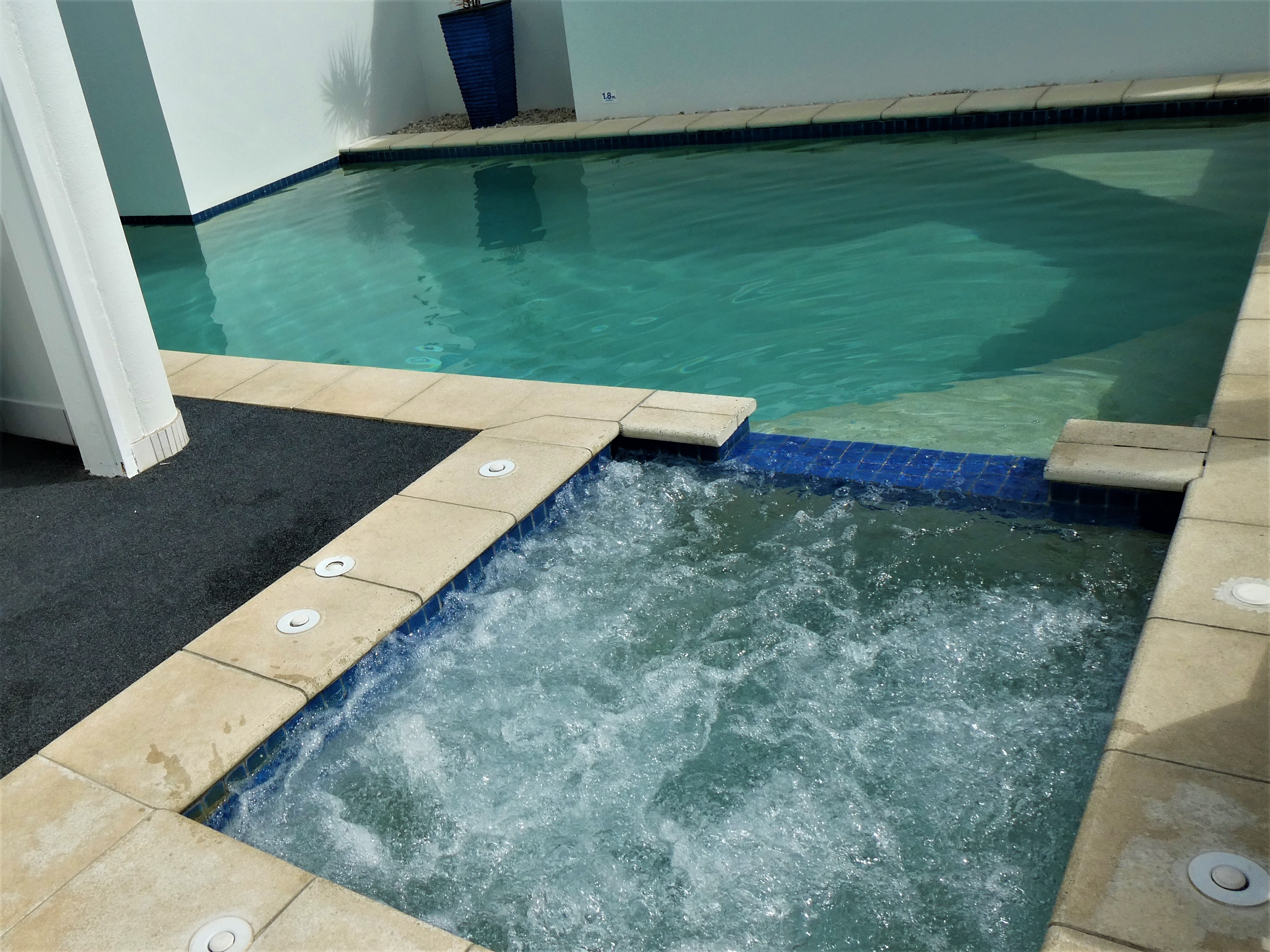
Back in our apartment we got ourselves cleaned up and changed ready to head out back to Mon Repos for the evening when Richard looked out from the balcony to see large kangaroos in the park – so we spent some time watching them.

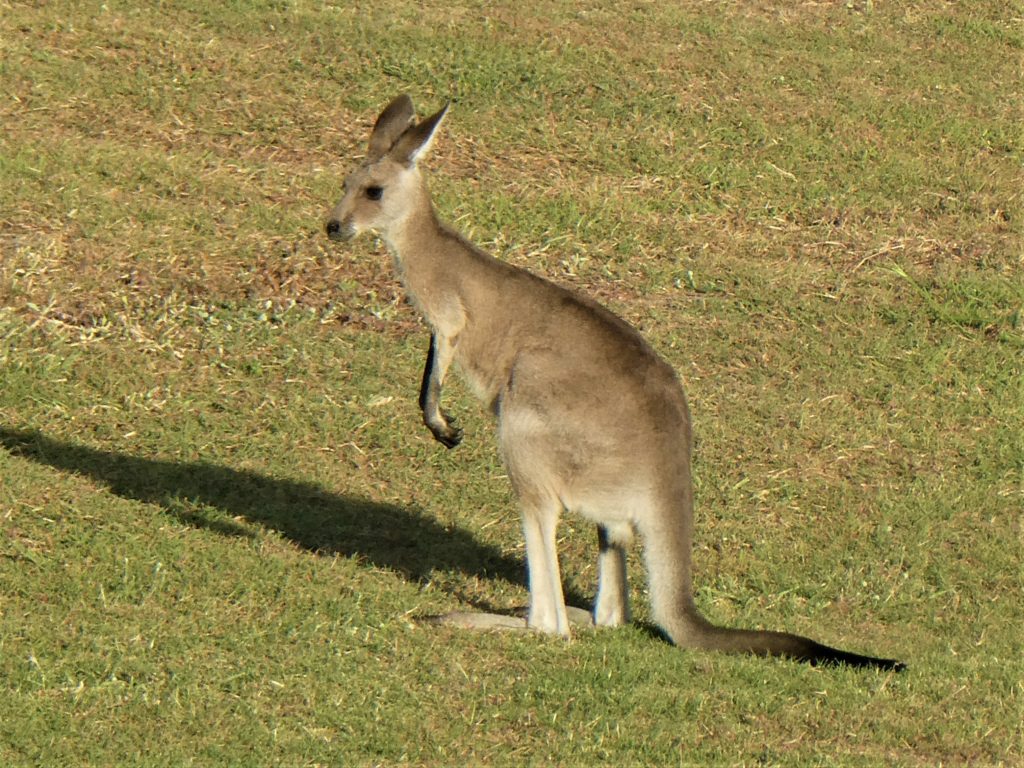
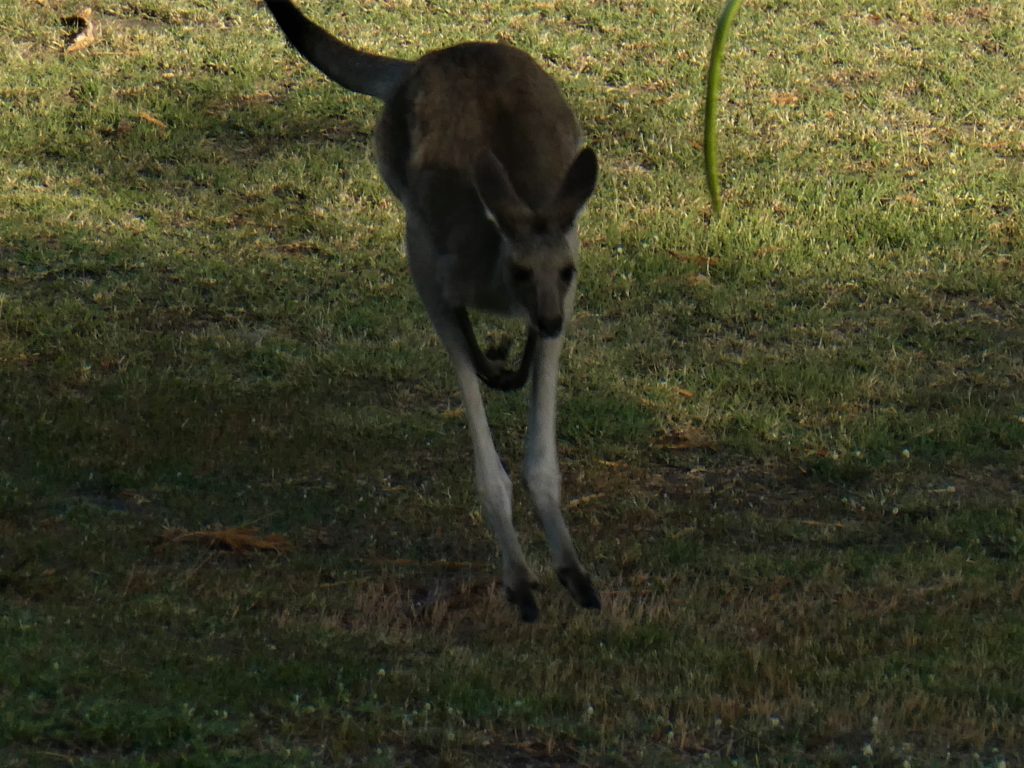

Then it was time to head back to Mon Repos for the ‘turtle encounter’. We were very excited about the prospect of seeing turtles but, of course, there is no guarantee with wild animals.
Mon Repos supports the largest concentration of nesting marine turtles on the Eastern Australian mainland and has the most significant loggerhead turtle nesting population in the South Pacific region and is critical for the survival of the endangered loggerhead turtle which is officially classified as ‘vulnerable’.

During November to January female turtles lay their eggs on Mon Repos beach (which is closed to the public from 6pm to 6am during turtle season) and from January to March young hatchlings dig themelves free and run down the beach to the sea. They then have to swim offshore for a number of days before they can have their first feed. Loggerhead turtles are omnivorous feeding mainly on bottom-dwelling invertebrates. Young loggerheads are vulnerable as eggs to predators such as lizards and then on their perilous sea journey until they reach adulthood at around 30 years of age where their only real predator are sharks because of their size. It is estimated that only one in a thousand hatchlings actually survive to maturity. The loggerhead sea turtle has a low reproductive rate with females laying an average of four egg clutches in a season then producing no eggs for two or three years after. Each clutch can contain up to 130 eggs. They have a lifespan of 47-67 years and can weight up to 450 kgs in weight measuring around 90cm when fully grown.

Climate change has impacted on the gender distribution of these turtles in the wild as the hotter the sand the more likely that the clutch will produce female hatchlings. The Mon Repos rangers are trying to conserve the population but they only interfere with the natural way by relocating eggs that have been buried below the waterline (where they would perish in the nest) and, to address the gender issue, they have built some shaded areas so that these clutches produce male turtles. Otherwise it is just as nature intended….

Anyway, we had arrived at 6pm for our 7pm encounter as the on-site parking was very limited and the off-site facilities were a long walk away. Of course we hadn’t checked our phone for text messages until we were there completing our track and trace registration. That’s when we found out that we should have arrived at 7.15 for our Group 4 encounter to ensure proper social distancing at the centre. Never mind, we weren’t the only ones, and we got chatting to a couple originally from Belfast which was nice.
We looked at the exhibits and took our own allocated table and waited and waited. And then we were called to the beach. Luckily it was the night before full moon so it wasn’t too dark. The ranger explained that she had spotted a couple of turtle noses sticking out of the sand quite high up the beach and she wanted to explore this clutch. Well, the mother turtle must have had a hell of a job getting this far above the waterline and digging this narrow tunnel into the hard-packed sand filled with vegetation roots. The ranger just swept away the top impacted layer and, suddenly, all these little bodies started appearing. They were left to escape naturally and then collected and moved into a ‘holding’ area so that they could be counted – this clutch had 98 hatchlings which gave us the opportunity to look at them closely. Only the rangers are allowed to handle them.
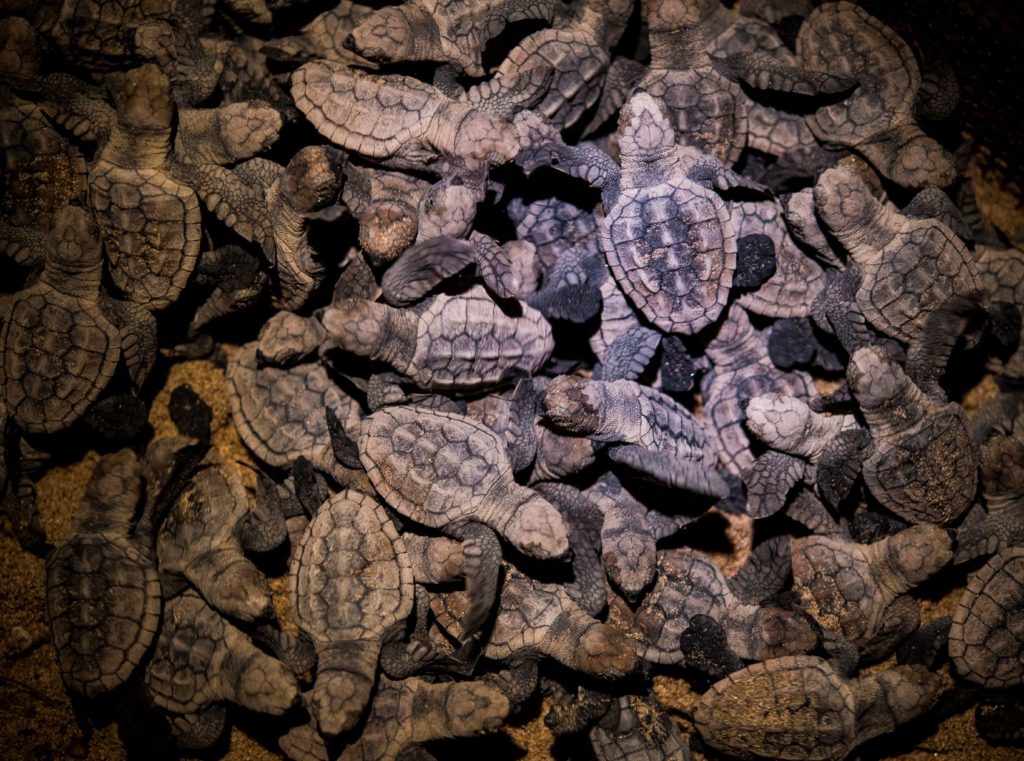
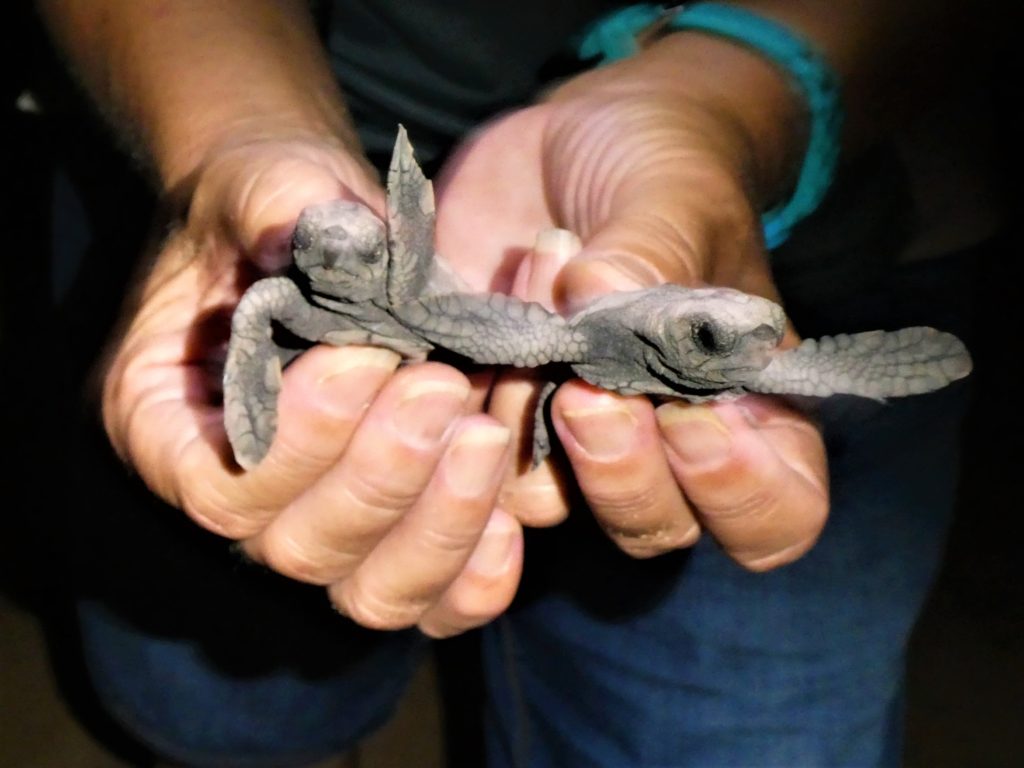

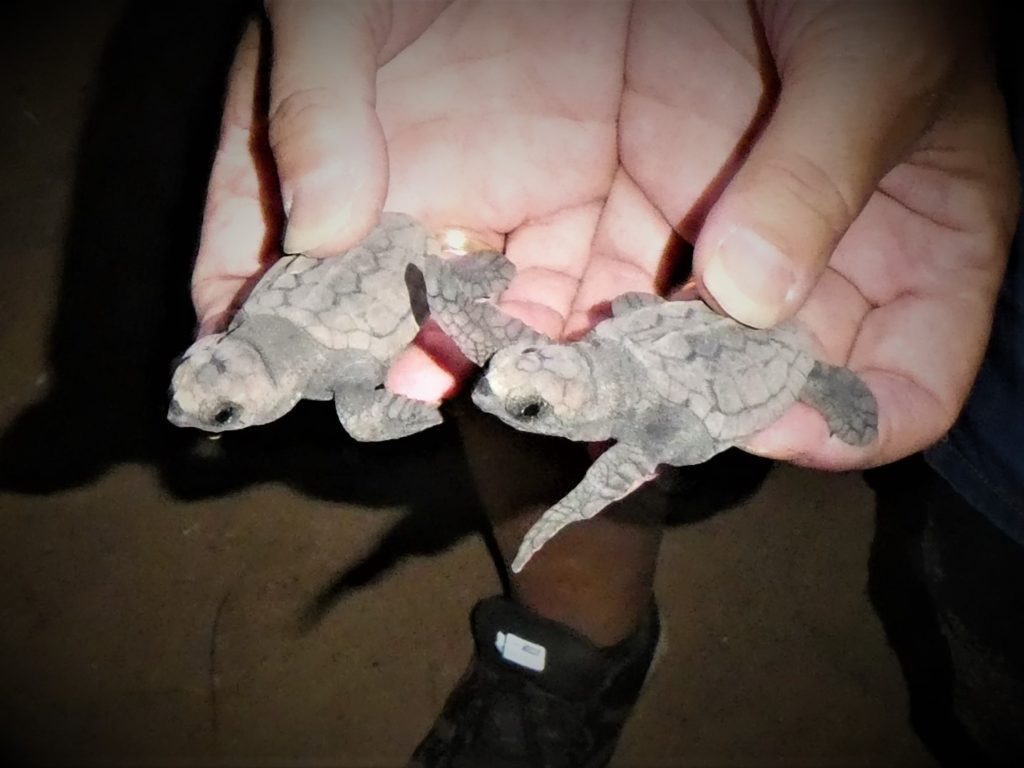
Afterwards we lit the way to the sea with our torches, the ‘barrier’ was removed, and they all ran to the sea (including across our feet at times). OMG what an experience – felt quite emotional and just hoped that they would beat the odds.

Encounter over we were walking back along the beach to the centre in awe at the power of nature and suddenly we were told to stop and not move our feet. Another clutch had dug their way to the surface and were heading towards the sea – it was a good job it was a moonlight night otherwise we could easily have squished them! What an unexpected bonus.
Back at the centre we were given certificates although the waiting time of almost two hours was the ‘official’ time rather than the actual time we had been waiting of course. A great souvenir though.
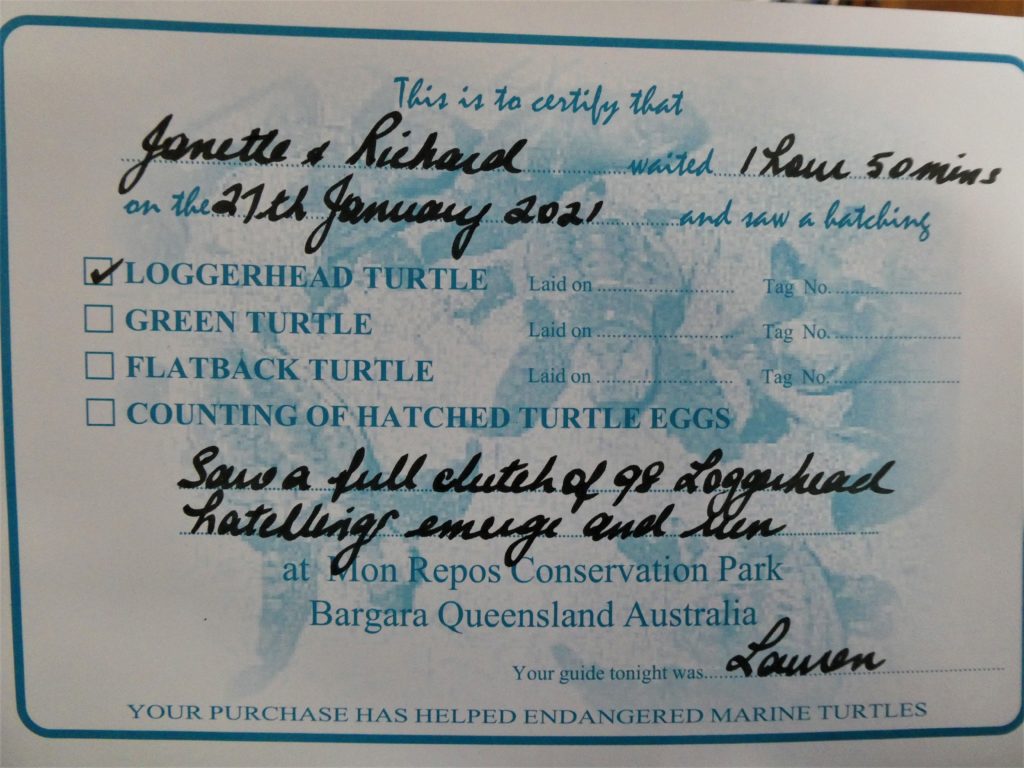
We then returned to our apartment for the night.
Wednesday morning (27th January) we were up early, packed and checked out to drive back down the sunshine coast to Caloundra for the second part of our adventure. You’ll have to wait for the next blog for the rest.
Bye for now. Stay safe and well folks.
Jan
